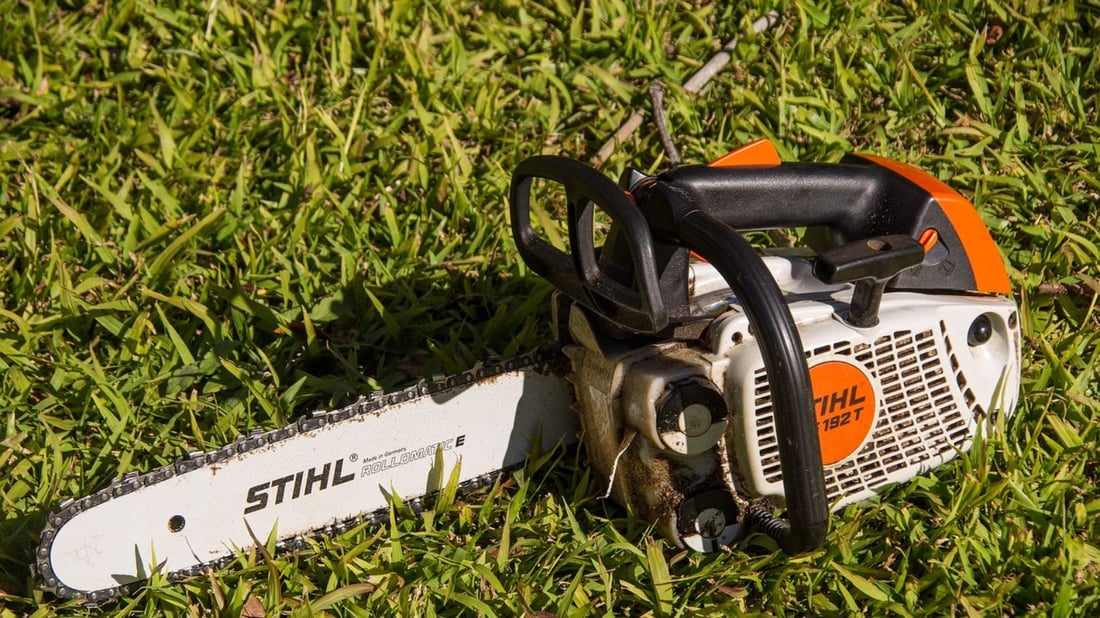Understanding the Basics
When it comes to using a reciprocating saw for cutting wood, one of the most important decisions you'll need to make is choosing the right blade for the job.
Types of Blades
There are several types of blades designed specifically for cutting wood with a reciprocating saw. These include standard wood blades, carbide-tipped blades, and demolition blades.
Standard Wood Blades
Standard wood blades are the most common type and are ideal for cutting through softwoods such as pine, cedar, and fir. These blades typically have large, widely spaced teeth that can quickly and efficiently cut through wood.
Carbide-Tipped Blades
Carbide-tipped blades are designed for cutting through hardwoods, engineered wood products, and nails embedded in wood. The carbide tips provide extra durability and longevity compared to standard wood blades.
Demolition Blades
Demolition blades are specifically designed for heavy-duty cutting tasks, such as cutting through nail-embedded wood, tree branches, and even metal. These blades are incredibly durable and can withstand tough cutting conditions.
Choosing the Right Blade
When determining which blade to use for cutting wood on a reciprocating saw, consider the type of wood you will be cutting, the thickness of the material, and any nails or other obstacles that may be present.
Using the Correct Teeth Per Inch (TPI)
The number of teeth per inch on a reciprocating saw blade is an important factor to consider when cutting wood. Blades with fewer teeth per inch are more suitable for faster, rough cuts, while blades with more teeth per inch provide smoother, cleaner cuts.
Proper Blade Maintenance
To ensure optimal performance and longevity of your wood-cutting reciprocating saw blade, it's important to regularly clean and inspect the blade for any signs of damage or wear.
Safety Precautions
When using a reciprocating saw to cut wood, always wear proper safety gear, including eye protection and gloves. Make sure to securely clamp the material you are cutting to prevent any movement or kickback.
Experiment and Practice
As with any new tool or blade, it may take some trial and error to find the right blade for your specific cutting needs. Don't be afraid to experiment with different blade types and techniques to achieve the best results.
Quote Inquiry
Contact us!


